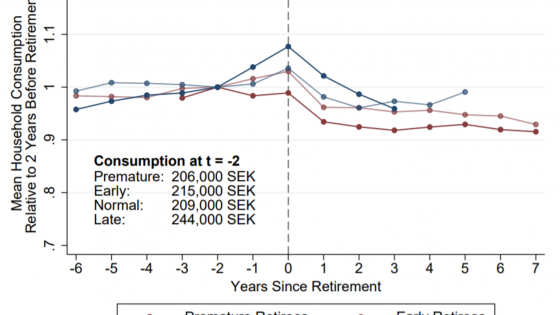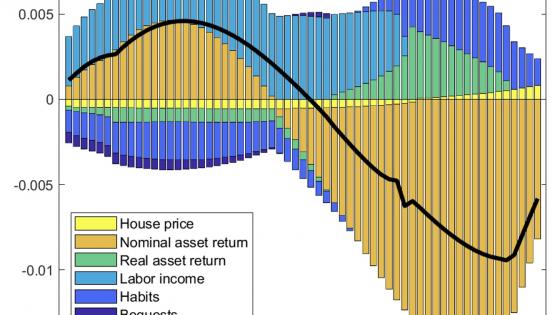DP18983 Social Security and Life-Cycle Variation in the Cost of Job Loss
In this paper, we study how the effect of displacement on subsequent earnings and employment differs by the worker's age. Using a life-cycle model, we investigate the extent to which the design of social security drives this variation. Using German social security data, we first establish that earnings losses generally increase in age. Employment losses increase in age until workers approach the retirement window. Our model features search frictions, human capital, savings, and a detailed representation of the German unemployment insurance, welfare, and pension systems. Using the estimated model, we find age-dependent job finding rates and the age-dependencies embedded in the social security system to be important in accounting for the age gradients in post-displacement earnings and employment losses. Furthermore, workers are able to effectively shield themselves against the welfare cost of displacement through unemployment insurance and savings. Finally, job loss heterogeneously nudges workers to change their retirement timing.


